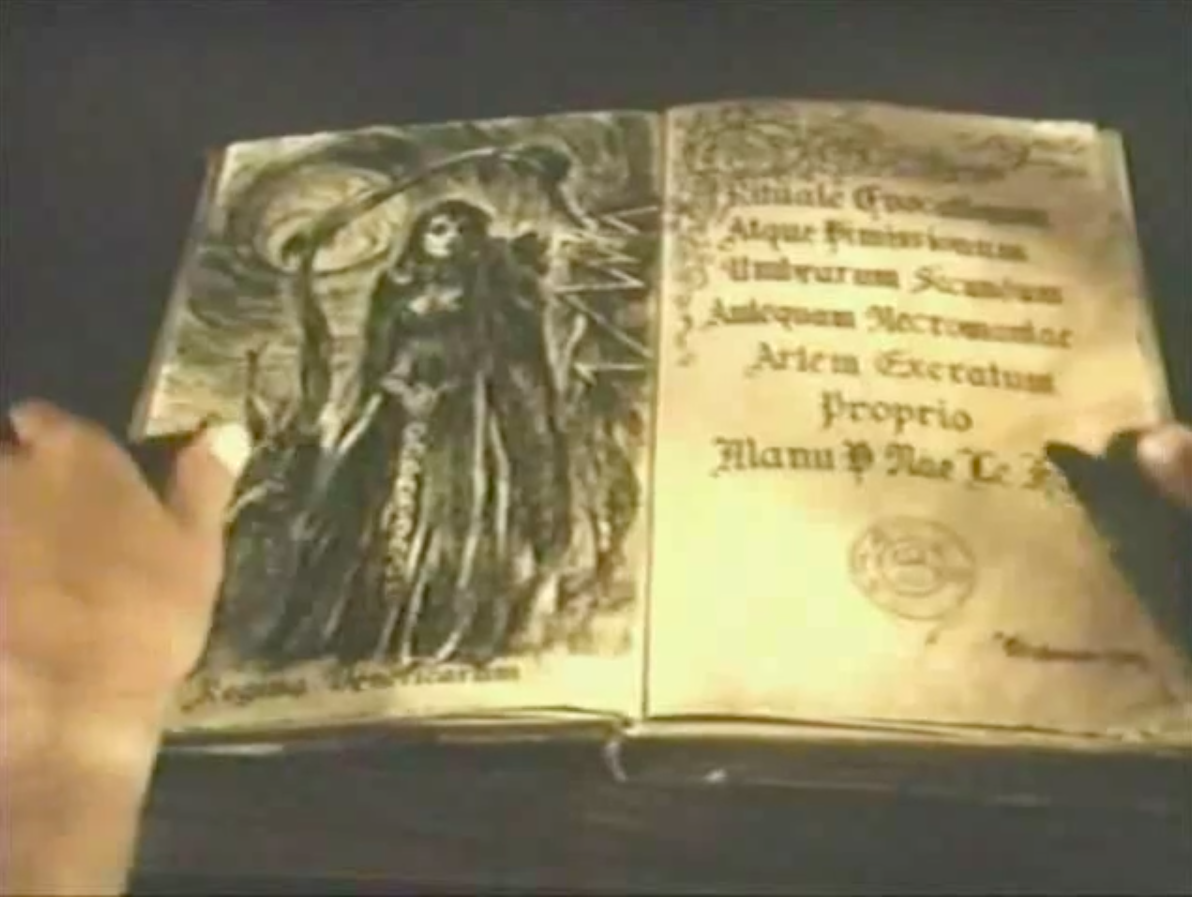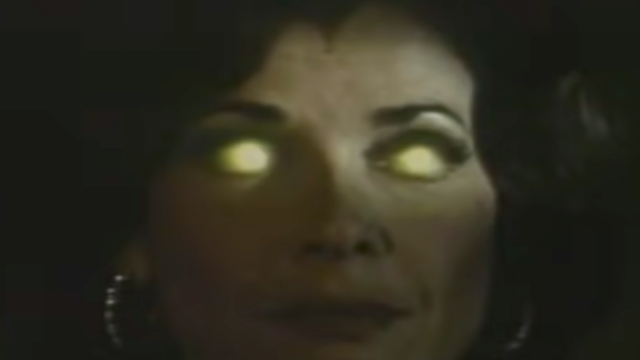Marvel heroes like Spider-Man and The Incredible Hulk enjoyed new levels of popularity during the late 70s as they became the stars of successful, live-action television series that aired on CBS. Though the characters were already comics mainstays at that point, there was something wild for audiences about the heroes’ larger-than-life adventures beaming into people’s homes week-to-week.
In the wake of The Amazing Spider-Man and The Incredible Hulk’s ratings successes, CBS sets its sights on Doctor Strange as the next notable Avenger to build an elaborate story around. with the hopes of it becoming another hit. Unlike the other Marvel TV movies of the era that ultimately became series, writer/director Philip DeGuere’s Dr. Strange was something of a vibey slowburn that took more than its sweet time to delve into the mindbending otherworldliness of Steve Ditko and Stan Lee’s comics.
Even though Dr. Strange premiered in a decidedly inopportune time slot during a Roots rerun on another network, it’s easy to understand why the movie didn’t exactly enthrall audiences at the time, who hadn’t yet grown accustomed to (and weary to a certain extent) of action-heavy comic book adaptations. Watching it now, though, you can also see how, in an alternate universe, Dr. Strange could have gone on to become one of CBS’ most compelling projects given enough time to figure itself out.

Hundreds of years before the events of Dr. Strange, Morgan le Fay (Jessica Walter) fell in combat as she faced off against the Sorcerer Supreme, who prevented her from carrying out the plans of a demonic, Dormammu-like figure from another dimension. Dr. Strange actually opens with Morgan being summoned by her master and tasked to return to Earth once again to slay the present day Sorcerer Supreme Thomas Lidmer (John Mills), an elderly man based somewhere in New York City. Eager to redeem herself, Morgan sets out to find Lidmer and murder anyone who might be named his successor, and somehow, Lidmer is immediately aware of what she plans to do.
One of the first significant ways that Dr. Strange sets itself apart from the trappings of its source material is through the way it depicts Wong (Clyde Kusatu), Lidmer’s right hand man who’s written in such a way that distances him from his comics counterparts’ orientalist characterization. Similar to the Scott Derickson’s Doctor Strange from 2016, Dr. Strange tries to create space for Wong to be more than a stereotypical manservant whose purpose was to act as support for the powerful white people around him. The film’s ultimately only so successful, as Wong quickly fades into the narrative’s background in order to make room for Dr. Stephen Strange (Peter Hooten), who Lidmer identifies as the fated next Sorcerer Supreme.
Here, Stephen Strange is imagined as a successful, and decidedly-handsy psychiatrist (rather than a surgeon) whose flirtatious advances towards the women he meets are almost universally well-received. Dr. Strange presents its hero as charming man whose caddishness only draws people closer to him, and he’s quite content with his station in life even though deep down he knows that something’s amiss.

Hooten’s Strange often comes across as distractingly guileless throughout the bulk of Dr. Strange as he encounters, and takes a liking to, a young student Clea (Anne-Marie Martin), who seeks out his psychiatric help after being possessed by Morgan. By comic book and modern superhero story standards, Morgan’s plot to psychologically torment people through possession and haunting their dreams is quite tame — the the most dastardly thing she does is make Clea push Lidmer off a bridge. But Walter’s performance as a timeless witch who strikes fear into the hearts of children with just her gaze is genuinely captivating.
One of the biggest and fairest criticisms of Dr. Strange is that it’s a rather long movie, that meanders for quite some time before all of the magical beings get down to the important business of zapping one another with TV special effects from the 70s. The movie drags, but Dr. Strange uses it ample runtime to luxuriate in the weird, sweaty, and mystical atmosphere it conjures through dreamy transitions and composer Paul Chihara’s pulsing electronic score.
More than any of the special effects, Dr. Strange’s music sets the movie’s tone and hints at all of magic and mystery that could have been explored more deeply in a full-blown series where Strange and Morgan became constant, regular foes.
